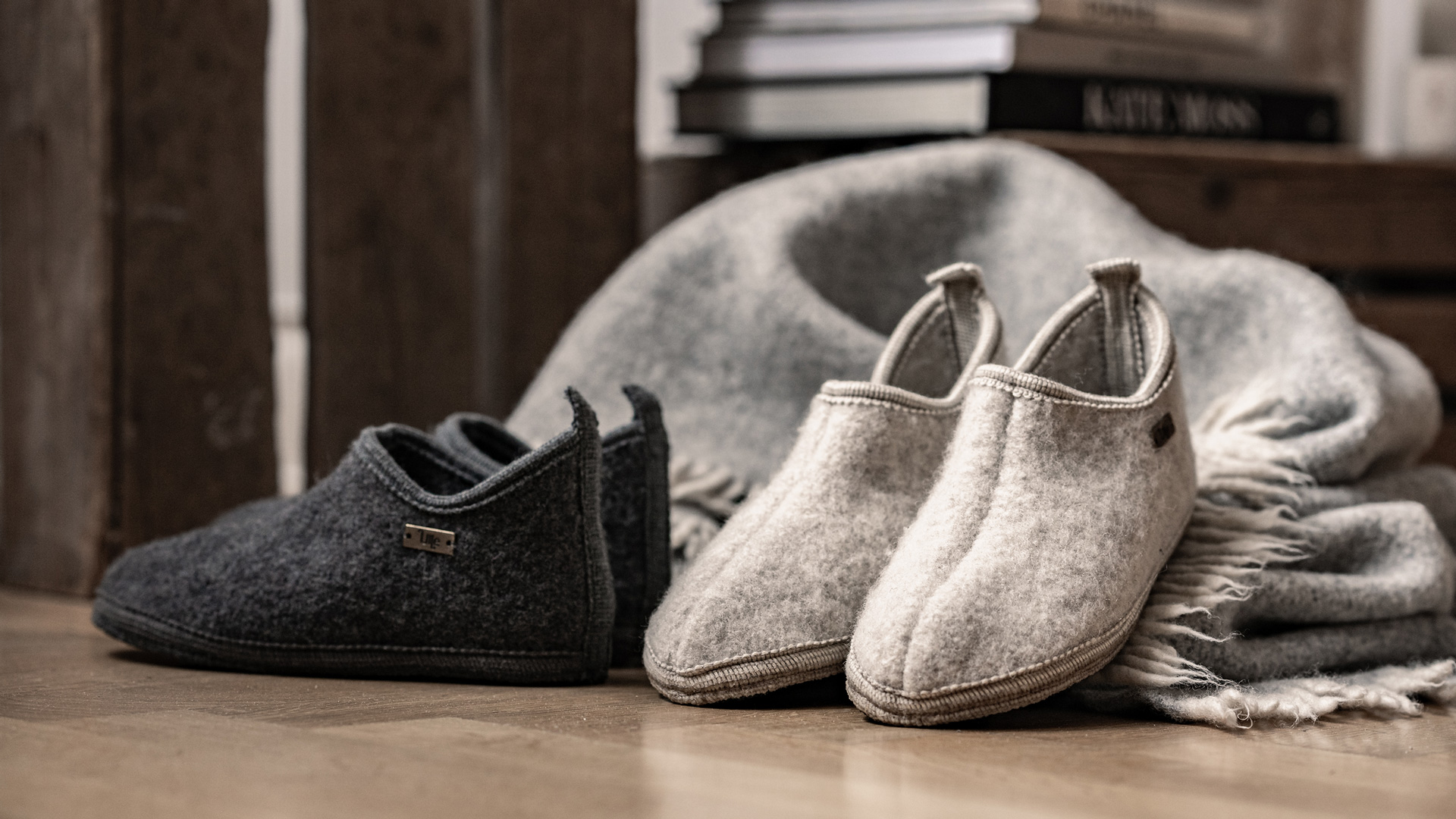The Environmental Footprint Pledge
The Environmental Footprint Pledge document is the framework for Brunngård’s sustainability initiatives, where we summarize our actions to reduce our climate impact. We focus our efforts on five key commitments: Life Cycle Assessment (LCA), Product Development, Packaging Materials, Transport, Our Industry, and Our Operations.
Life Cycle Assessment (LCA)
A Life Cycle Assessment evaluates a product’s environmental impact throughout its entire life cycle, considering both positive and negative effects. We aim to apply Life Cycle Assessments to as many of our products as possible.
Product development
Minimizing environmental impact is one of our primary objectives. We strive to develop highly functional products using as many natural raw materials as possible.
FOCUS
- Biodegradeable focus in all raw materials
- No raw materials from ECHA candidate list
- High concentration, fewer chemicals
- Minimize packaging materials and use recyclable materials
- Partner with external organizations to advance the development of more environmentally friendly products
Packaging material
Packaging materials have varying degrees of environmental impact. Our focus is to minimize packaging materials across all components, incorporate recycled content, ensure packaging is recyclable, and utilize biodegradable materials such as FSC-certified paper.
Transports
We strive for local production close to the end user to minimize the carbon footprint. We prioritize environmentally friendly transport, fill containers, and streamline warehouse planning and order management to avoid unnecessary transportation.
FOCUS
- Local production close to the end user
- Transport by ship or train in full containers
- Increase warehouse volumes to avoid air freight
- Business model that reduces shipping frequency
- Exclude air transport from our delivery planning
Our industry
The sneaker industry has nearly doubled in recent years and is expected to continue growing. Sneakers make up a large portion of the millions of pairs of shoes produced annually. A pair of sneakers generates an average of about 14 kg of CO2 and accounts for 1.4% of global greenhouse gas emissions.
A 500 ml sneaker cleaner has a carbon footprint of less than 100 g. By extending the lifespan of sneakers from 1 to 2 years, the total carbon footprint can be reduced by approximately 50%.
Shoe care products that extend the lifespan of shoes thus help reduce our environmental impact and promote a sustainable future.
BRUNNGÅRD’S OPERATIONS
Brunngård is deeply rooted in a circular business strategy aimed at improving and extending product lifespans, promoting sustainable consumption. We continuously review all aspects of our operations to identify and implement more sustainable solutions. This includes optimizing our business model from sourcing to distribution and collaborating with suppliers who share our sustainability values. We continue to make sustainable investments in our facilities to reduce our CO2 footprint and aim to become self-sufficient in energy.
Let’s get in touch
Don’t hesitate to contact us, we are here to help!

